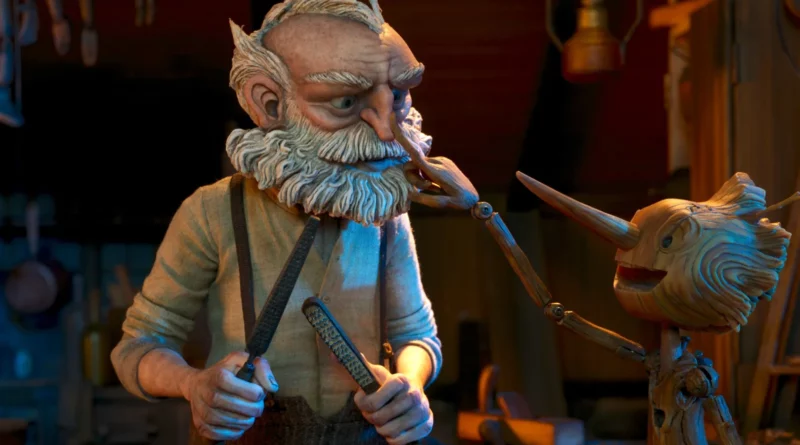Everybody nose “Pinocchio” is a masterpiece
Guillermo del Toro’s “Pinocchio” is a work of art. Of the three “Pinocchio” movies to come out in 2022, Guillermo del Toro’s version undoubtedly trumps both other films with a moderate 79 percent positive review from Metacritic with an incredible 97 percent on Rotten Tomatoes which is a testament to del Toro’s masterpiece. So why was the movie so widely acclaimed?
Del Toro’s work took nearly two and a half years to film. To put that into perspective, a long filming schedule is around 94 days for a big movie. Nearly 900 more days were needed to film “Pinocchio,” ten times the amount of time for movies that are considered large already. As so much time was taken, the news that del Toro’s “Pinocchio” created attention for his work that by the time the movie was released, there was already a crowd of fans ready to drive the movie into Netflix’s number one spot.
The true magic of del Toro’s “Pinocchio” is that, unlike the Disney live-action version, it is not only an adult movie, it is a movie that doesn’t copy the script of its predecessor. Instead, del Toro’s Pinocchio has a completely different story that uses aspects of its predecessor, sticking to the idea of the wooden boy but teaching a different and more complex lesson about life and death.
The best way to see its brilliance is to compare del Toro’s version to the Disney live-action remake which, compared to del Toro’s, is immature, lifeless, and forgettable. Disney chose to stick with the script of the 1940 original Pinocchio which did not exactly translate well to the silver screen due to bad CGI with a Geppetto who didn’t care about the work as his ‘accent’ fades in and out. The worst part was the nearly 30-second clip of Pinocchio staring at a pile of feces in the middle of the road, getting far too close and smelling these feces at a close distance which was unfunny and more disgusting than anything. At the same time, it also ruins the original message of ‘children should go to school’ by having Pinocchio go to school and get bullied, compared to the original scene of Pinocchio being swindled by the talking fox that is also in the live-action.
Del Toro’s “Pinocchio” changes the message, using stop-motion animation to address an audience of both children and grown-ups and give them the delightful dilemma of having an existential crisis on the topic of life and death. To make things clear, this is not a movie made just for children but also catered to adults to have everyone enjoy the movie and ask themselves questions about their own life when the movie is over.
The story also emphasizes the idea that war is a horrible tragedy for children, and that the other side has people similar to us. Del Toro’s version takes place during the events of World War II in Italy, where we watch the lives of not only Pinocchio but also the people and military that were in charge at the time.
This story is majorly different from other versions where we start with Geppetto’s life, rather than Pinocchio’s where we see his son die by being crushed by the ceiling of a church after bombs fall on their village. Geppetto mourns for decades after his death, one day choosing to drunkenly chop down a tree and recreate his son. Yet Geppetto’s plight is seen by the blue fairy, which unlike many representations of a woman is instead a strange almost angel-like being with eyes covering her wings, who blesses Pinocchio with life. Throughout the movie, Pinocchio struggles to be the son Geppetto wishes he had back and learns important life lessons of war, school, and living your life for yourself. I won’t spoil the movie, but I highly recommend it, with my rating being a must watch.

